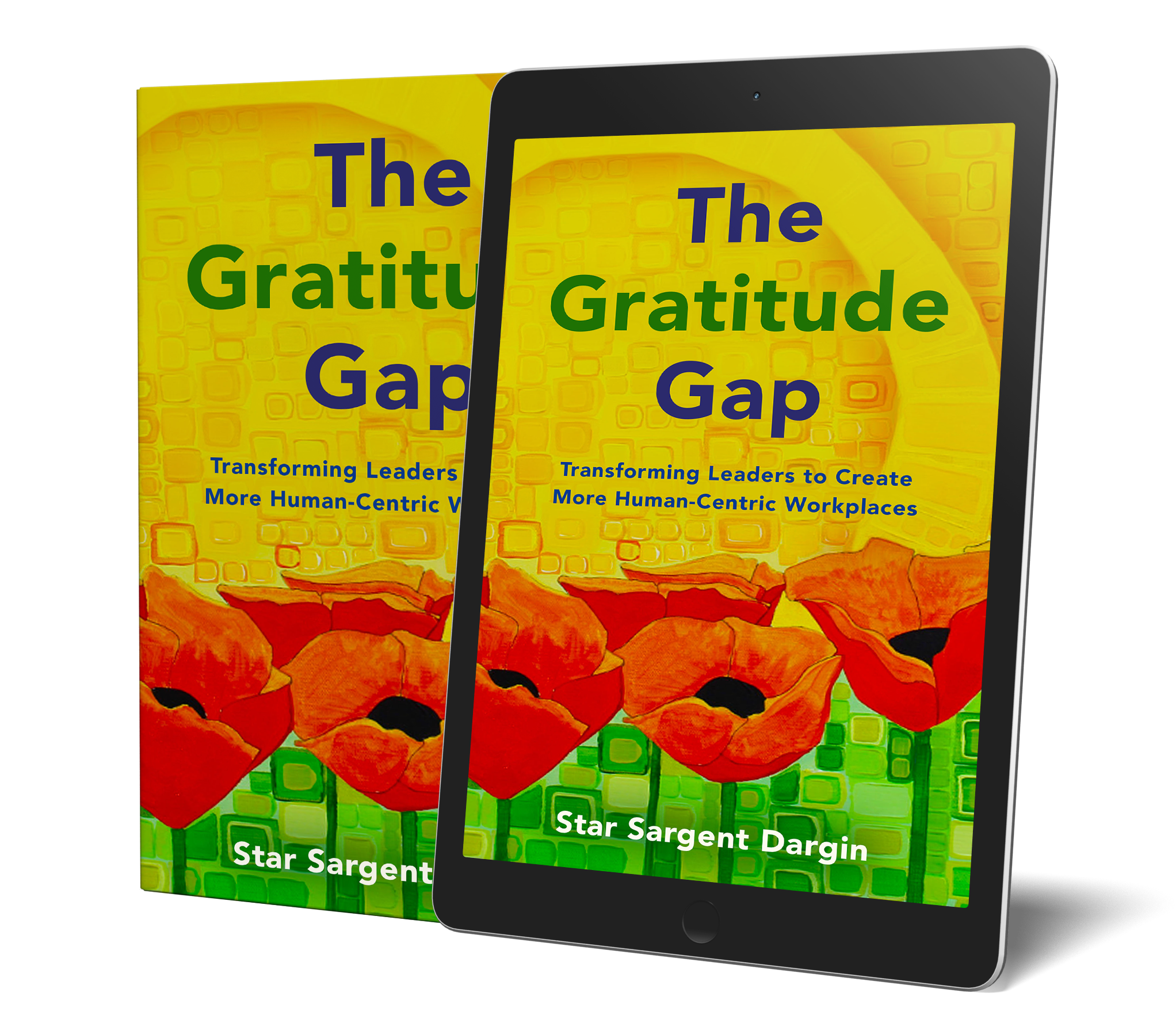Future Chief Thank You, Officer, Peter
 Peter believes gratitude is essential and can’t imagine living without it. Four years ago, he created a gratitude practice of identifying people in his life that are important to him. He intended to thank them, either in writing or in person. Initially, the list was twenty, but now it’s grown to 60 as he realized how many people contributed to his growth. The results have been interesting!
Peter believes gratitude is essential and can’t imagine living without it. Four years ago, he created a gratitude practice of identifying people in his life that are important to him. He intended to thank them, either in writing or in person. Initially, the list was twenty, but now it’s grown to 60 as he realized how many people contributed to his growth. The results have been interesting!
He says that gratitude shifts the dynamic of almost everything that happens. If I have an attitude of gratitude, he approaches things in a different light—a more willingness to engage, whether digging holes, watching television, or playing golf.
At work, he starts by saying out loud a statement of appreciation. It sets the tone for the rest of the meeting. Peter’s goal is to be the CTY Chief Thank, You officer. He wants to thank everyone. Gratitude is the predecessor of a team attitude; we can do this. It threads itself in many ways: creative problem-solving, helping with a budget, resource challenges, and overall project success. At home, his gratitude practice is tied to his spiritual practice.
He’s constantly on the lookout for openings to be grateful. Sometimes the opening is entirely unintended—the gaps ebb and flow in the conversation. A lot of it is being able to reshape how things are being talked about. It’s too easy to go down a negative spiral. It requires attention to pick up on things to appreciate.
Peter’s last words in the interview were, “You can’t go wrong by being on the gratitude side of the pendulum.” In case you were wondering, Peter, is a business development director at an Environmental Specialty and Demolition company,
Gratitude alone is not the answer. Gratitude is the foundation for successful leaders. Gratitude makes solutions more innovative and sustainable. Gratitude’s benefits extend in many directions: less stress, more happiness, innovation, and engaged teams. Science proves that gratitude is contagious. A strong foundation of gratitude transforms. Each person applies gratitude differently in their life.
This is Part Two of the things that grateful leaders do. These simple things create a deeper foundation of gratitude that accelerates your success. This list was curated from interviews and my experience.
- Hear Gossip, insert empathy, and don’t pass it on.
Gossip is real and exists. Ignoring it can get you in trouble. Knowing the gossip differs from being blindsided by it (like I have been in the past). However, you don’t need to pass it on.
- Learn to dissipate gossip by being open and empathic to the situation.
Example responses: That must not be easy; thanks for letting me know; that’s tough, we are all different, and you never know what’s going on with someone else.
- Be a trustworthy person.
Trustworthy person is responsible and reliable; they do what they say and say what they do.
- Respond to people. A quick, I’ve got it is better than nothing.
Reply, respond, and let the person know you received their email or text. Even a quick reply with an emoji is better than no reply.
- Learn to reframe negatives to positives in a realistic way.
The glass is half full, and the glass is half empty can both be accurate at the same time and have the same meaning. Practice speaking in the positive without changing the meaning.
Examples: ABC is broken, and we need to fix it. Try adapting one of these instead:
-
- There’s a challenge for us to improve, ABC.
- Relate it to Vision and values: Fixing ABC keeps us current and things running well.
- Selecting ABC will be satisfying and frustrating at times.
- With ABC fixed, our customers will be relieved, still our customers, or happy.
- Make a game out of it, odds on how fast we can fix it, a prize, or the most innovative fix prize.
- Build proactive, positive, and diverse connections.
Practice ROI, Relationship Over Issue. Proactively reach out before working on issues with business associates. Put the relationship first; a quick email, a 5-minute chat, or a meeting without any problems discussed with the purpose being to know professionally and how they work. The return on this can be astronomical.
- Develop gratitude-based responses to all your emotions.
No matter how grateful you are, others won’t see you as grateful until your behaviors are perceived as grateful. Instead, create a habit of using gratitude-based responses to build innovated and engaged teams with gratitude as a foundation. Can you say no, without saying no? Can you use AND instead of but? You can also have gratitude-based statements ready when needed.
Examples:
-
- Thank you for letting me know.
- I appreciate…
- We are thankful for…
- I understand you.
- Set a gratitude-based intention every morning and before meetings.
Proactively say, read, write, or think about your gratitude intention. Your gratitude-based intention is personal and can be customized for each day or each situation. Examples:
-
- I’m grateful for the day.
- I’m grateful to have a team.
- I desire to maintain gratitude towards each team member in today’s meeting.
- I’m grateful my team member has opposing viewpoints.
- Surround yourself with positivity. Create feel-good environments.
Work towards surrounding yourself with people and places that create a peaceful and calm feeling. Limit time watching media that constantly streams terrible news. A messy and cluttered office or home makes it difficult to feel relaxed.
For creating positive homes and offices, I highly recommend Natalia’s Kaylin recently released book: The Soulful Home Design Guide: Fill Your Home and Life with Beauty, Love, Peace, and Prosperity.
- Build a strong gratitude muscle by practicing daily.
Consistent daily workouts make more robust and resilient gratitude muscles that show their strength, even in the darkest times. We offer twelve ideas for your personal or business gratitude-building practice. Join our email list or email us at Info@StarLeadership.com to get the booklet on the twelve practices.
Gratitude is easy, and it can be hard to do. The benefits are transformational and lifelong. Contact us to work with you to ramp up your gratitude at work. Star leads workshops, coaches leaders, and is a professional speaker.
Warning: These behaviors won’t work to build gratitude unless the gratitude is genuine. Gratitude can be faked, which can lead to distrust.
Implementation Tip: Find the culturally accepted positive phrases that are most acceptable and resonate best. Then use them often. Instead of gratitude, sometimes the word: appreciation, recognition, and positive feedback are used.
Please send us your USA mailing address for a printed color copy of 19 things grateful leaders do (including these 10) as a daily reminder postcard. We will send you one complimentary, limited to the first 50—shipping charges outside of the USA. For multiple copies, contact us for cost.
Questions:
- How do you apply any of these ten gratitude behaviors?
- What’s your gratitude practice?

